Old Anatomical Theatre Anatoomikum
A historic 19th-century anatomical theatre, a key academic building of the University of Tartu, showcasing medical history and unique architecture.
Highlights
Must-see attractions
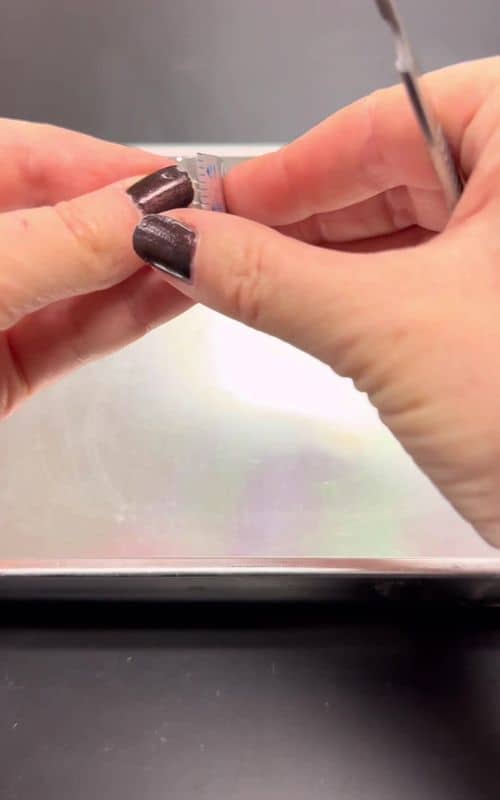
Social
From TikTok & Reddit
Best Time
Fewer crowds, peaceful exploration
Old Anatomical Theatre Anatoomikum
Best Time
Fewer crowds, peaceful exploration
Highlights
Must-see attractions
A historic 19th-century anatomical theatre, a key academic building of the University of Tartu, showcasing medical history and unique architecture.
"Beautiful building in a nice park above the city."
🚶♀️ Stroll through the Park
Enjoy the beautiful park surrounding the theatre for a complete historical experience. :park:
🕰️ Check Opening Hours
Verify operating hours before your visit, as they can vary seasonally. :clock:
Highlights
Discover the most iconic attractions and experiences
The Rotunda Hall
Main exhibition space
The heart of the theatre, a classical rotunda with a unique architectural design that once hosted dissections.
Historical Medical Instruments
Exhibition displays
See the tools and equipment used by pioneering surgeons and anatomists of the past.
Architectural Details
Exterior and interior
Admire the building's rusticated facade, tall narrow windows, and decorative urns, a testament to early 19th-century design.
Plans like a pro.
Thinks like you
Planning Your Visit
Timing is Key for a Quieter Visit
Understand the Historical Context
Best Times
Insider Tips
from TikTok, Instagram & Reddit
🚶♀️ Stroll through the Park
Enjoy the beautiful park surrounding the theatre for a complete historical experience. :park:
🕰️ Check Opening Hours
Verify operating hours before your visit, as they can vary seasonally. :clock:
📸 Capture the Architecture
The building's exterior and interior offer great photo opportunities. :camera:
Tips
from all over the internet
🚶♀️ Stroll through the Park
Enjoy the beautiful park surrounding the theatre for a complete historical experience. :park:
🕰️ Check Opening Hours
Verify operating hours before your visit, as they can vary seasonally. :clock:
📸 Capture the Architecture
The building's exterior and interior offer great photo opportunities. :camera:
What Travellers Say
Reviews Summary
Visitors praise the Old Anatomical Theatre Anatoomikum for its significant historical and architectural value, noting its unique rotunda design and its importance in the University of Tartu's academic past. The surrounding park also adds to the pleasant experience. Some visitors find the exhibits to be quite specific and may not appeal to everyone.
"The Tartu Old Anatomical Theatre (Anatomical Theatre) was one of the first academic buildings of the University of Tartu, re-established in 1802. Built in 1803-1805 according to the designs of the architect I. Krause, the building housed N. N. Burdenko, the renowned Russian (later Soviet) surgeon and the founder of Soviet neurosurgery.
Originally, the building featured a classical rotunda supported by a rectangular basement floor, finished with rustication. The rotunda is enlivened by tall, narrow windows with balustraded lower sections and small mezzanine windows above. The entrance is decorated with decorative urns connected by a wrought-iron mesh."
Kris Zaytseva
"Beautiful building in a nice park above the city."
Peter Kock
""
Marget Moppel
What People Like
What People Dislike
Frequently Asked Questions
🚇 🗺️ Getting There
The theatre is located in a nice park above the city, making it accessible by foot from the city center. Public transport options are also available, with bus stops nearby. Check local transit apps for the most convenient routes.
Parking availability can be limited in the area. It's often recommended to use public transport or walk if you are staying in the city center.
🎫 🎫 Tickets & Entry
Yes, typically an admission fee applies. It's advisable to check the official website or contact them directly for the most current ticket prices and booking procedures.
Opening hours can vary, especially between seasons. Always confirm the latest schedule on their official website before planning your visit.
Weekend access is usually available, but it's best to verify the specific operating hours for Saturdays and Sundays on their official channels.
🎫 🏛️ Onsite Experience
You can explore the historic rotunda, view anatomical displays, and learn about the building's significance as one of the first academic buildings of the University of Tartu.
While educational, the exhibits might be more suited for older children and adults interested in anatomy and history. Parental discretion is advised.
A visit usually takes about 1-2 hours, allowing time to explore the exhibits and appreciate the architecture.
Information on guided tours may be available through the venue's official channels. Inquire directly for schedules and booking details.
📸 📸 Photography
Photography policies can vary. It's best to check for any restrictions upon arrival or on their website. Some areas might prohibit flash photography.
The rotunda hall itself is a prime spot, along with the exterior architectural details and the surrounding park.
For Different Travelers
Tailored advice for your travel style
👨👩👧 Families with Kids
Consider preparing your children beforehand by discussing what they might see. The surrounding park offers a pleasant space for younger children to play and explore, providing a good balance to the historical exhibits.
🤓 Students and Academics
Exploring the theatre can offer a deeper understanding of the challenges and advancements faced by early medical practitioners. The architectural significance of the building itself is also a point of interest for those studying historical design and academic structures.
Deep Dives
In-depth insights and expert knowledge
A Glimpse into Medical History
The theatre's design is a notable example of early 19th-century academic architecture. The classical rotunda, supported by a rectangular basement, features a rusticated facade. The tall, narrow windows with their distinctive balustraded lower sections and small mezzanine windows add to its unique character. The entrance is further enhanced by decorative urns connected by an elegant wrought-iron mesh, showcasing a blend of scientific purpose and aesthetic consideration.
Visiting the Anatoomikum offers a tangible connection to the past. It’s a place where the foundations of modern medicine were laid, and where students once gathered to learn the intricacies of the human body. The historical medical instruments on display further bring this era to life, providing context for the evolution of surgical practices and anatomical understanding.
Architectural Significance
The exterior is characterized by its rusticated stonework, giving it a solid and imposing appearance. This technique, where stones are roughly dressed, adds texture and visual interest. The tall, narrow windows are a distinctive feature, punctuated by balustraded lower sections and smaller mezzanine windows above, creating a rhythmic pattern across the facade. The entrance is further adorned with decorative urns linked by a wrought-iron mesh, adding a touch of elegance and detail to the otherwise robust structure.
These architectural elements not only contribute to the building's aesthetic appeal but also speak to the importance placed on academic institutions during that period. The Anatoomikum is more than just a historical site; it's a piece of architectural history that complements its scientific legacy.
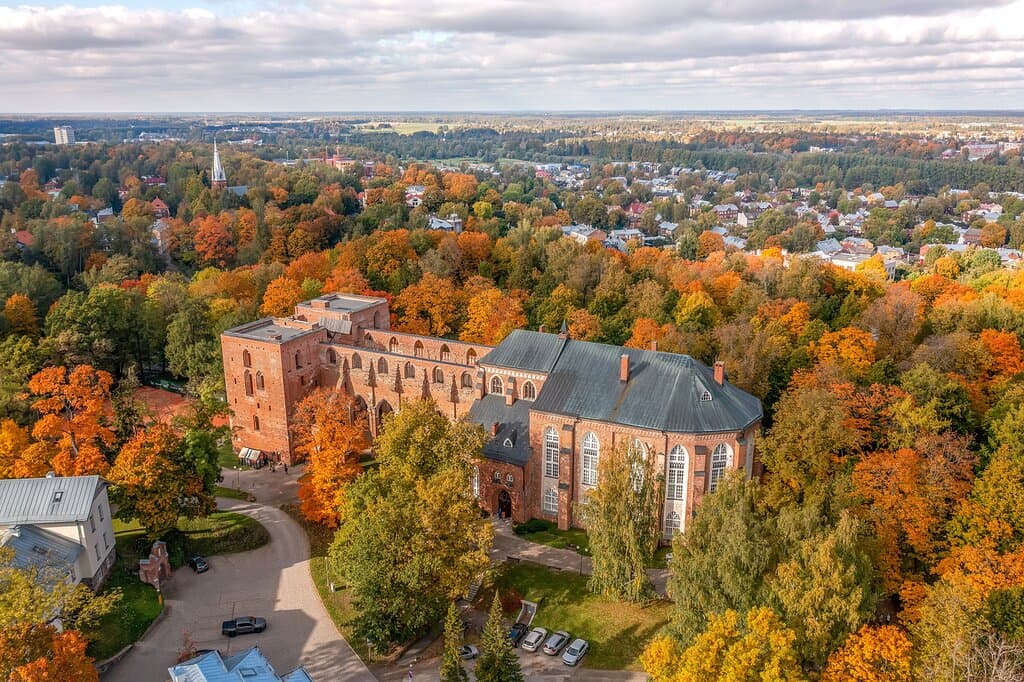
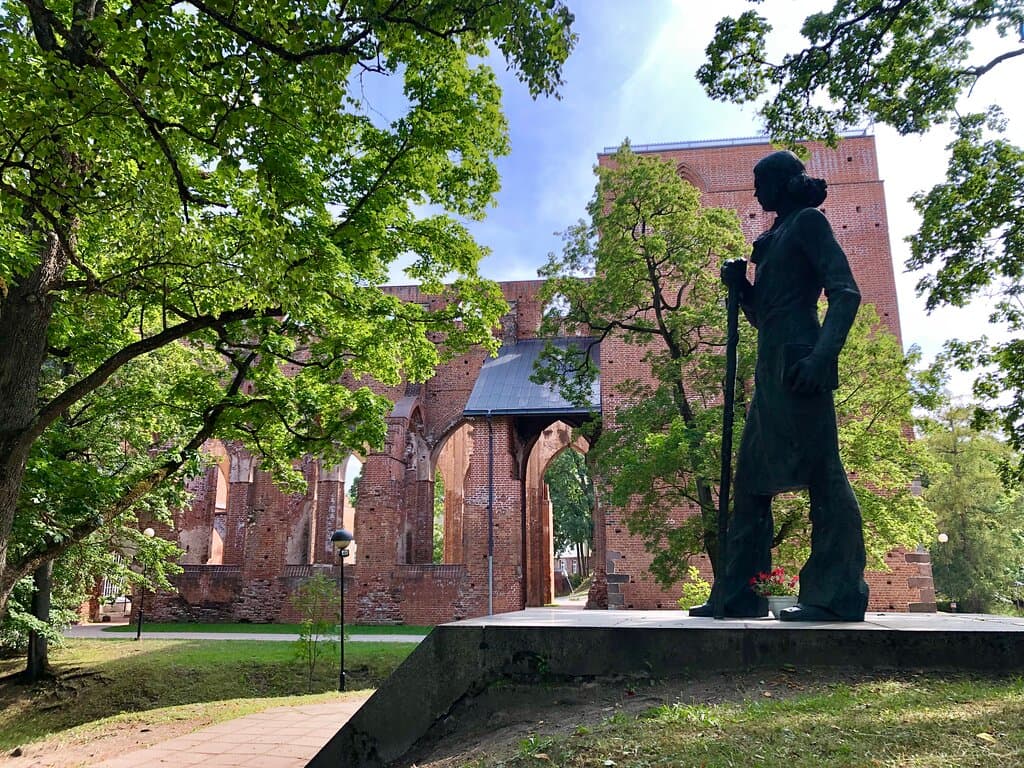
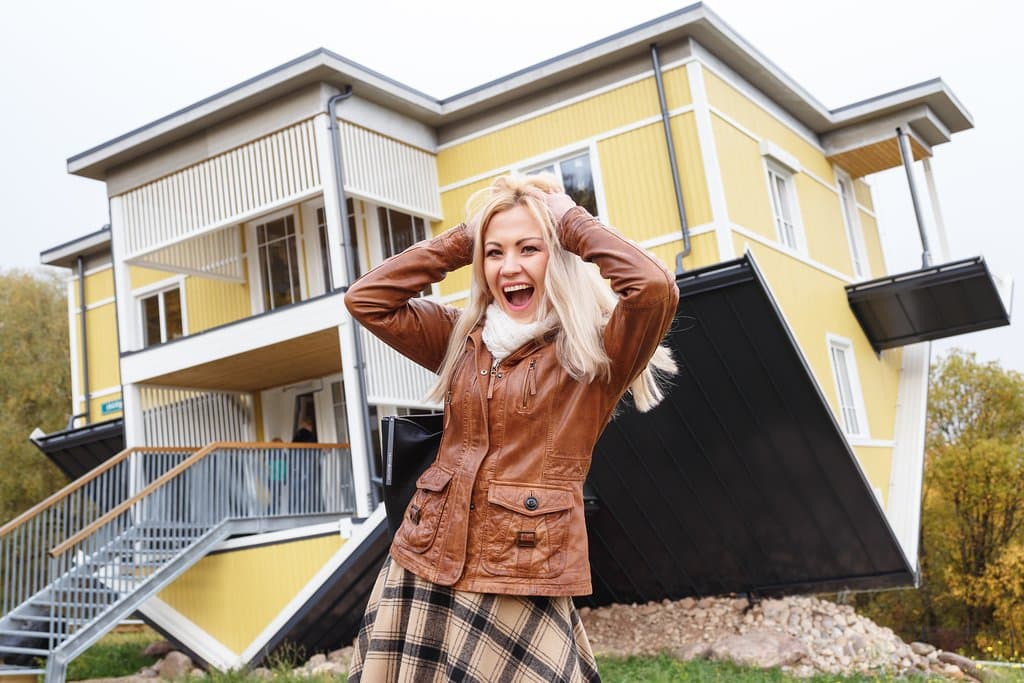
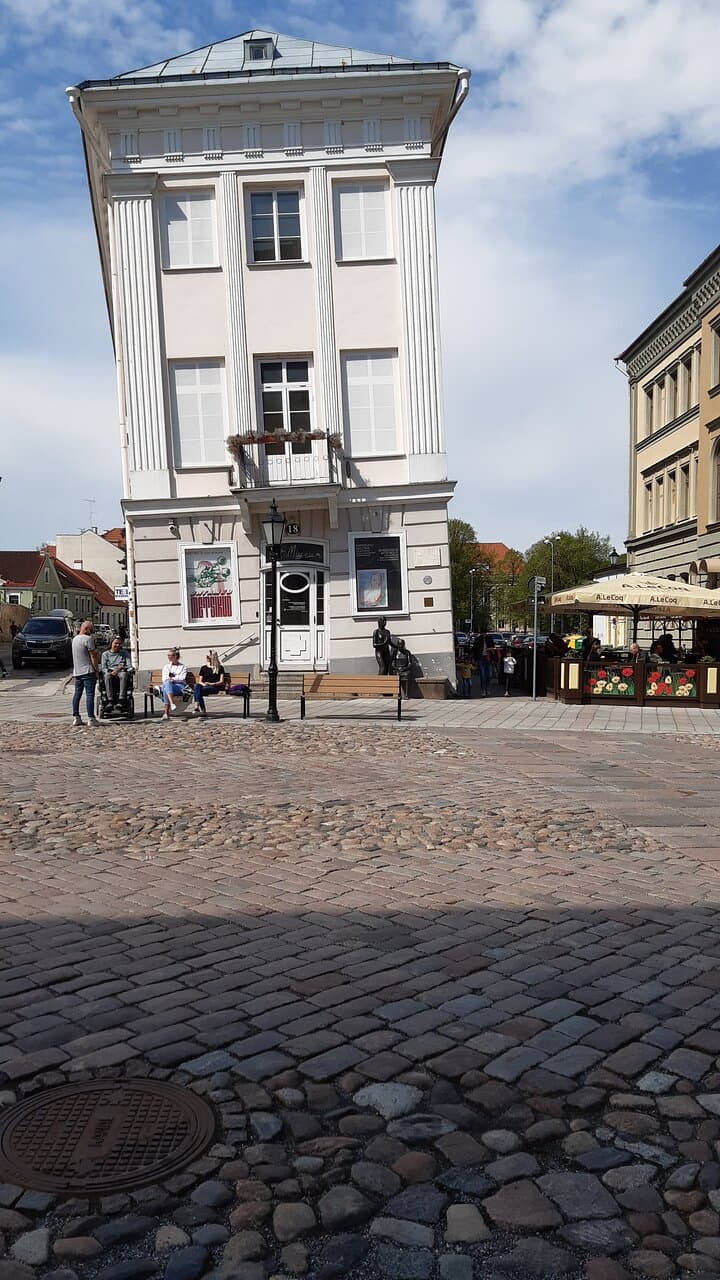
Social
from TikTok, Instagram & Reddit